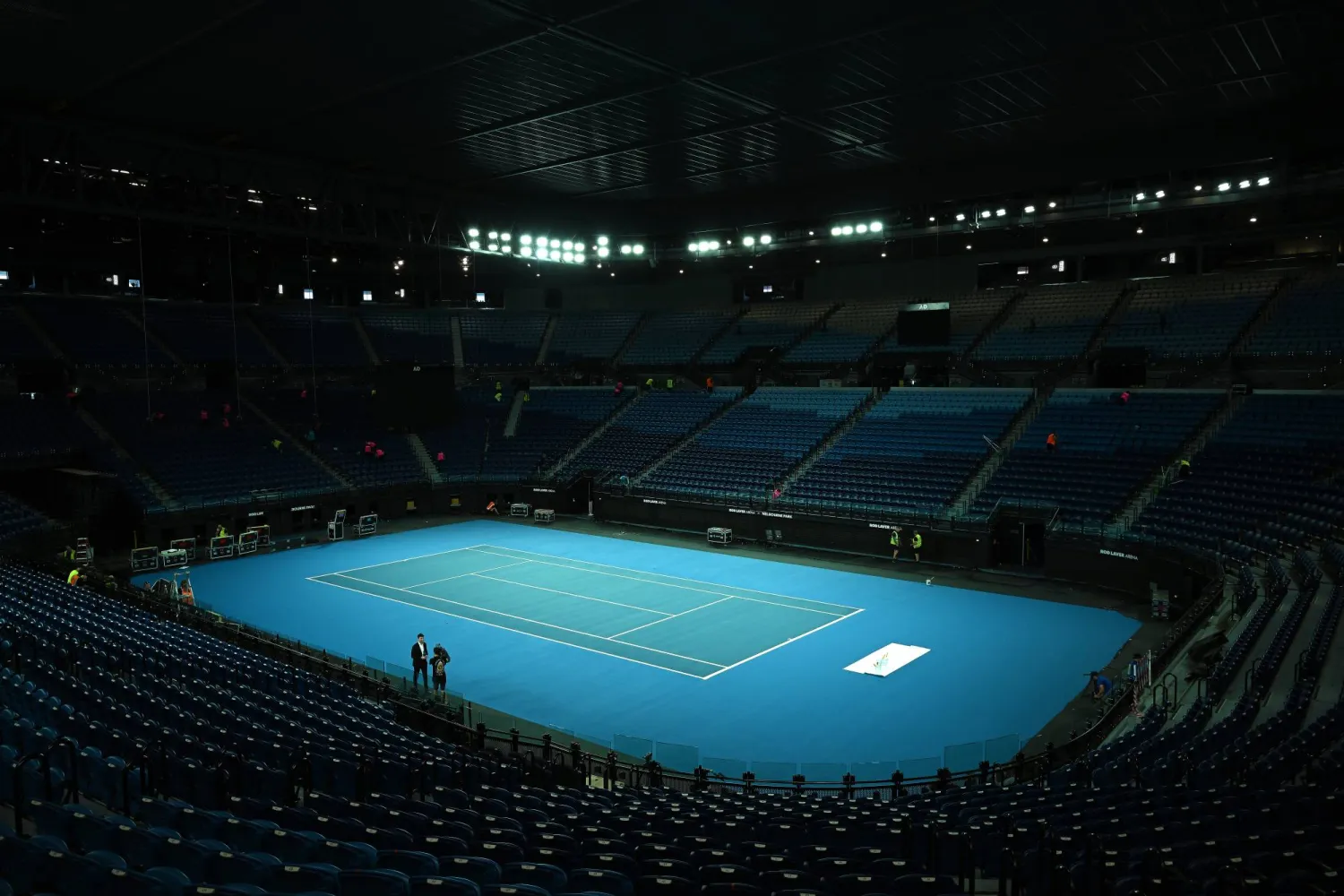It's taken quite some time, but the first capital city derby in French men's league soccer since 1990 takes place on Sunday when Paris Saint-Germain hosts Paris FC.
A very local derby, too, with PSG's Parc des Princes stadium literally across the street from PFC's new home ground — 44 meters away according to the Paris City Hall website.
After winning promotion last season, Paris FC changed stadium and now plays at Stade Jean-Bouin, which traditionally held rugby matches.
Sunday's contest pits the defending French and European champion against a side struggling in the top tier. PFC has lost half its games, and was 14th in the 18-team league heading into this weekend's 17th round.
PFC's top scorer this season is skillful midfielder Ilan Kebbal with six goals, more than any PSG player. But he is away with Algeria at the Africa Cup of Nations.
PSG has coped with injuries to star forwards Ousmane Dembélé and Désiré Doué this season. That might have affected results because, for a change, PSG is not top but in second spot behind surprise leader Lens. Heading into Sunday's derby, PSG had already lost two league games, as many defeats as all last season.
While PSG has won a record 13 French league titles and 16 French Cups, PFC's trophy cabinet is bare. The PFC men's team has never won the league or even a cup.
Paris FC's takeover late last year by France's richest family, the Arnaults of luxury empire LVMH, promised to spice up Ligue 1.
Paris FC owner Antoine Arnault is the son of billionaire Bernard Arnault, and the family's cash input will prove crucial to the chances of PFC becoming a serious rival to PSG. Antoine used to be a PSG season-ticket holder and enjoys a cordial relationship with PSG president Nasser Al-Khelaïfi.
Before this season, PSG’s previous city rival was Matra Racing, which became Racing Paris 1 and beat PSG in the last men’s league derby in Paris in 1990. Antoine won't have to wait so long for another derby, because PSG is hosting PFC in the French Cup's last 32 on Jan. 12.
Fleeting rivalries, stadium shares
Parisian soccer history can be a bit confusing.
Paris FC men's team was created in 1969 and merged with Stade Saint-Germain to form Paris Saint-Germain, or PSG, in 1970.
The merger ended abruptly in 1972 with PSG losing its professional status and PFC staying in division 1, and playing at Parc des Princes. PSG kept the name and returned to play at the stadium in 1974 after winning promotion back to the top flight, coinciding with PFC's relegation.
Matra Racing was only briefly on the scene.
Matra spent a few seasons in the French top flight — sharing the Parc des Princes stadium — but the club faded after French media baron Jean-Luc Lagardère withdrew his backing in 1989. Matra was relegated the following year, when it was called Racing Paris 1, despite beating PSG in the derby.
Red Star's ambition
There may be more local derbies in the capital next season, with Red Star chasing promotion from Ligue 2.
Red Star is based in the northern suburbs of Paris and is second in Ligue 2. The team has long been respected for being close to its working-class fans in the Saint-Ouen-sur-Seine suburb.
Home games are played at the 5,600-capacity Stade Bauer, which has stands selling food right outside the entrance gates. Red Star’s down-to-earth image has remained the same for decades, with the club becoming increasingly trendy and attracting a new section of fans appreciating its old-school ways.
Plans are in place to increase capacity to 10,000 next year and the club says it hopes to have 80% of homegrown local players in the first team by 2030.
Founded in 1897, Red Star is among the oldest clubs in France. It has a famous founder in Jules Rimet, the longest-serving president in FIFA history (1921-54), and the World Cup trophy was named after him.
Red Star's period of success was after World War I, with the club winning four French Cups in the 1920s.









